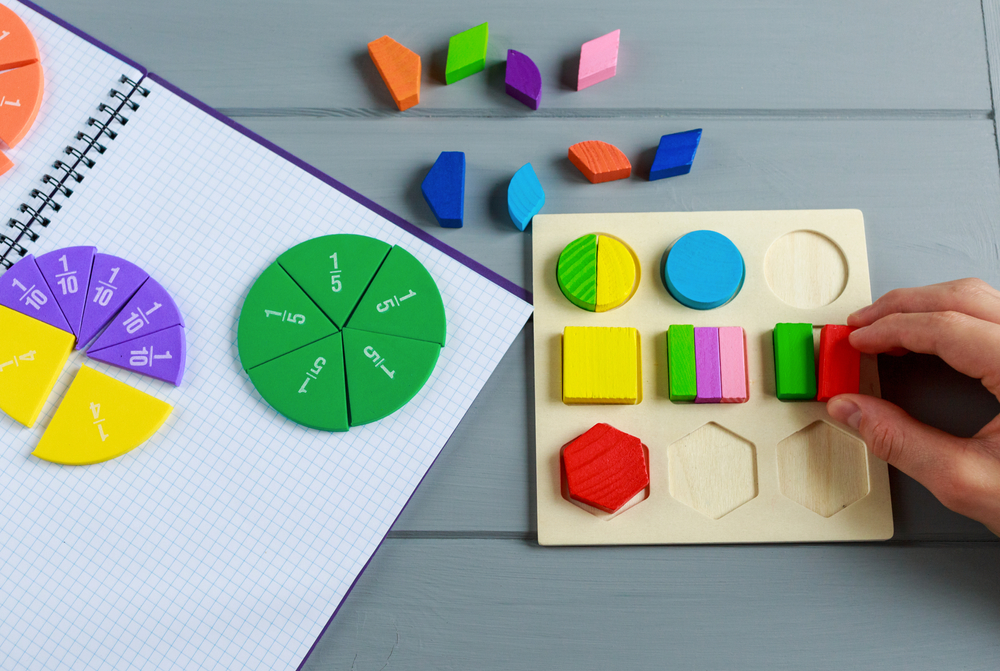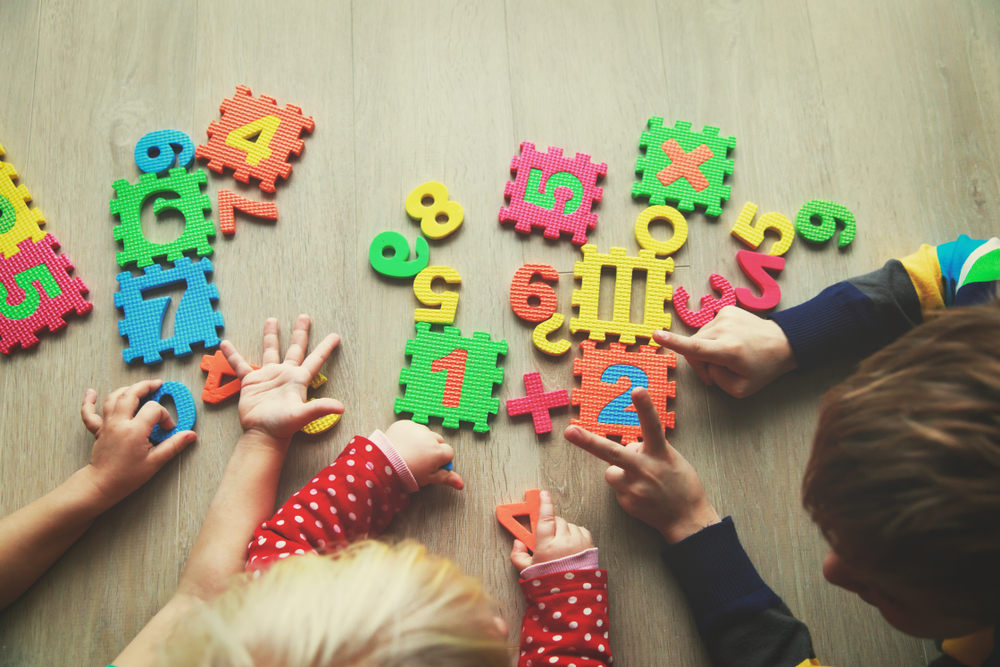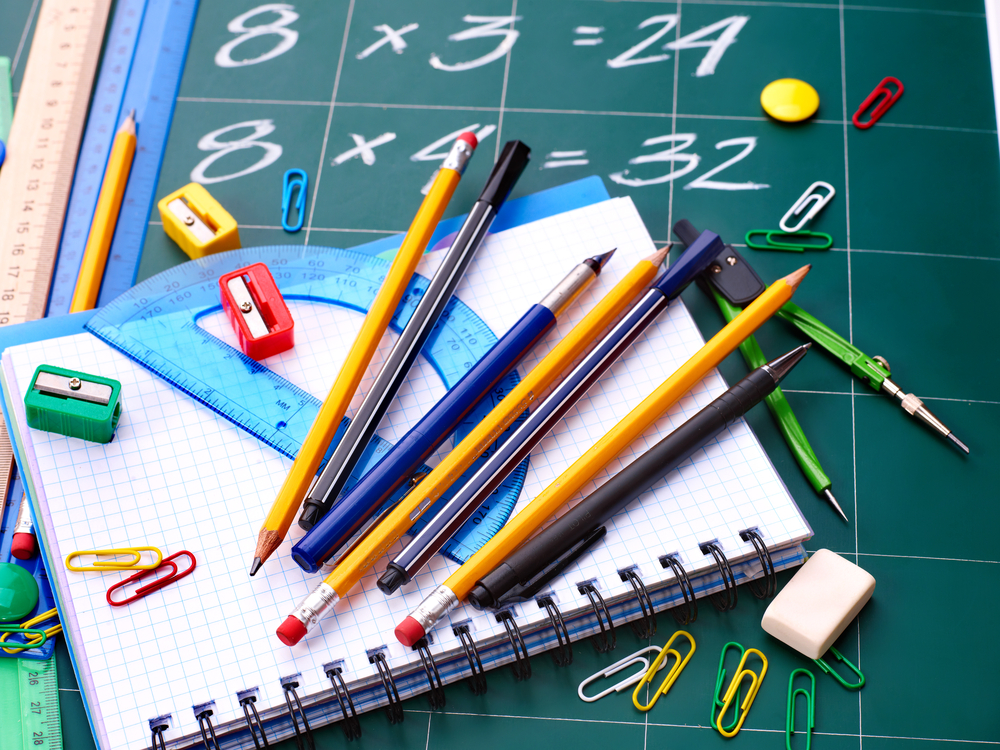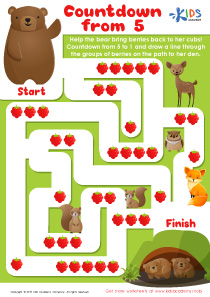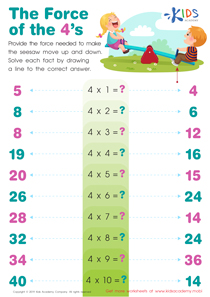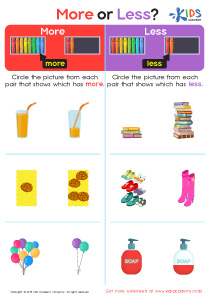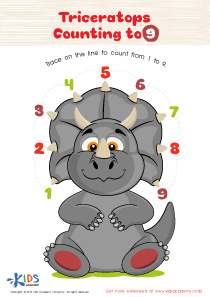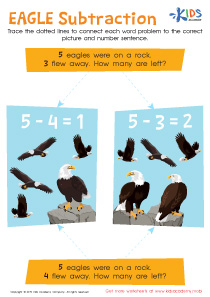Addition Practice Easy Numbers Worksheets for Ages 7-8
4 filtered results
-
From - To
Discover our engaging Addition Practice worksheets, specially designed for children aged 7-8! These easy-to-follow resources help young learners master addition skills through fun and interactive exercises. Our worksheets feature a variety of problems, ensuring that concepts are reinforced and students can practice at their own pace. With bright layouts and clear instructions, children will build confidence in their math abilities while enjoying the process. Perfect for at-home learning or classroom use, our Addition Practice worksheets can support tutors, teachers, and parents alike. Start enriching your child’s math journey today with our user-friendly, printable worksheets!


At the Pet Store Word Problems Worksheet
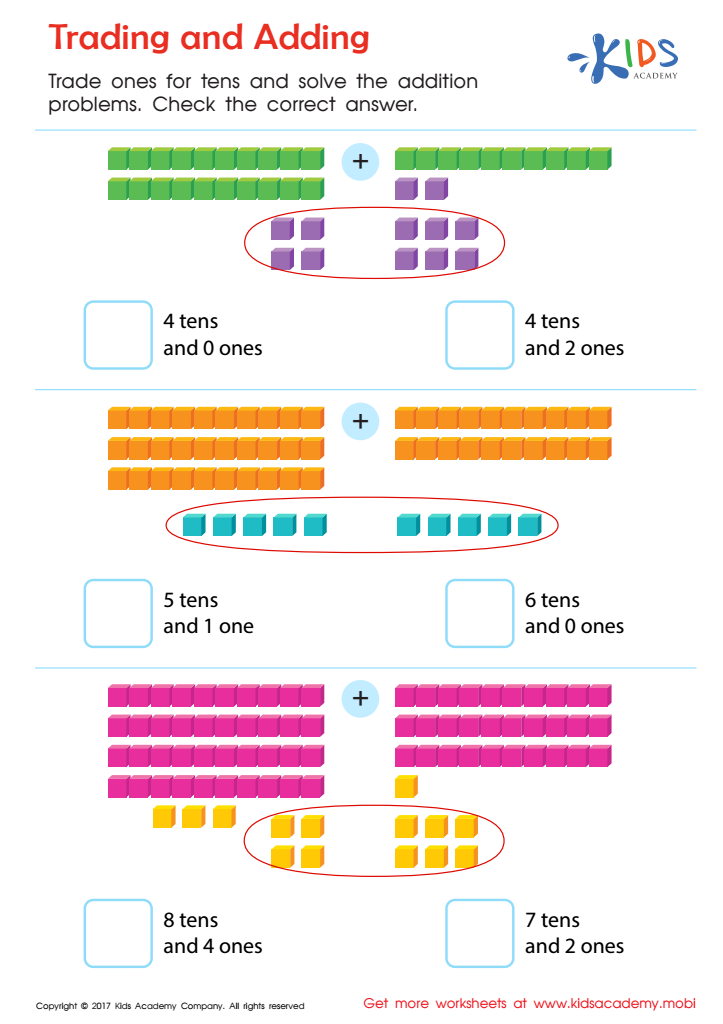

Trading and Adding Worksheet
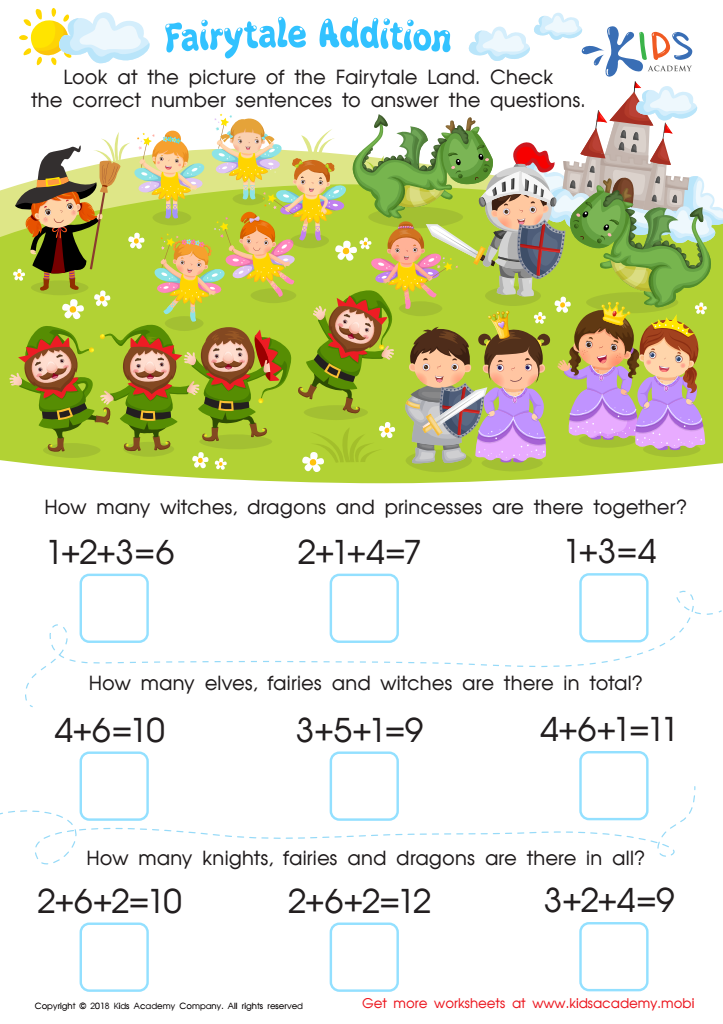

Fairytale Addition Worksheet
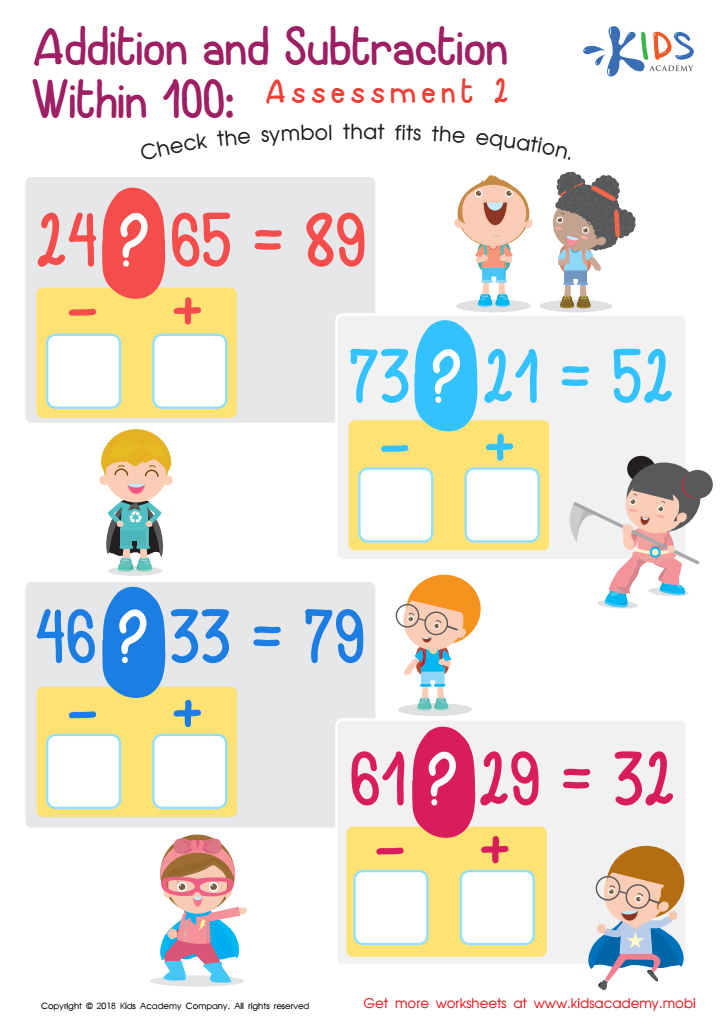

Addition and Subtraction Within 1: Assessment 2 Worksheet
Parents and teachers should care about Addition Practice for ages 7-8 because this foundational skill is critical for a child's mathematical development and overall academic success. At this age, children are transitioning from basic arithmetic to more complex mathematical concepts, making it essential to solidify their understanding of addition. Mastery of easy addition allows children to tackle multi-digit problems, multiplication, and word problems with confidence.
Routine practice reinforces cognitive skills and promotes mental math abilities, enabling students to visualize numbers and solve problems quickly. Engaging and fun addition activities can spark a child's interest in math, helping to build positive attitudes toward learning. Additionally, with a solid grasp of addition, children develop better problem-solving skills important for everyday life.
Moreover, reinforcement at home can complement what they learn in school, providing consistent support for their development. Providing practical, engaging addition tasks also fosters a partner-based experience for parents and teachers to connect with children, deepening their bond through shared learning experiences. When caregivers actively participate in their learning, students are more likely to thrive academically while enhancing their confidence and motivation towards facing new mathematical challenges.

 Assign to My Students
Assign to My Students


